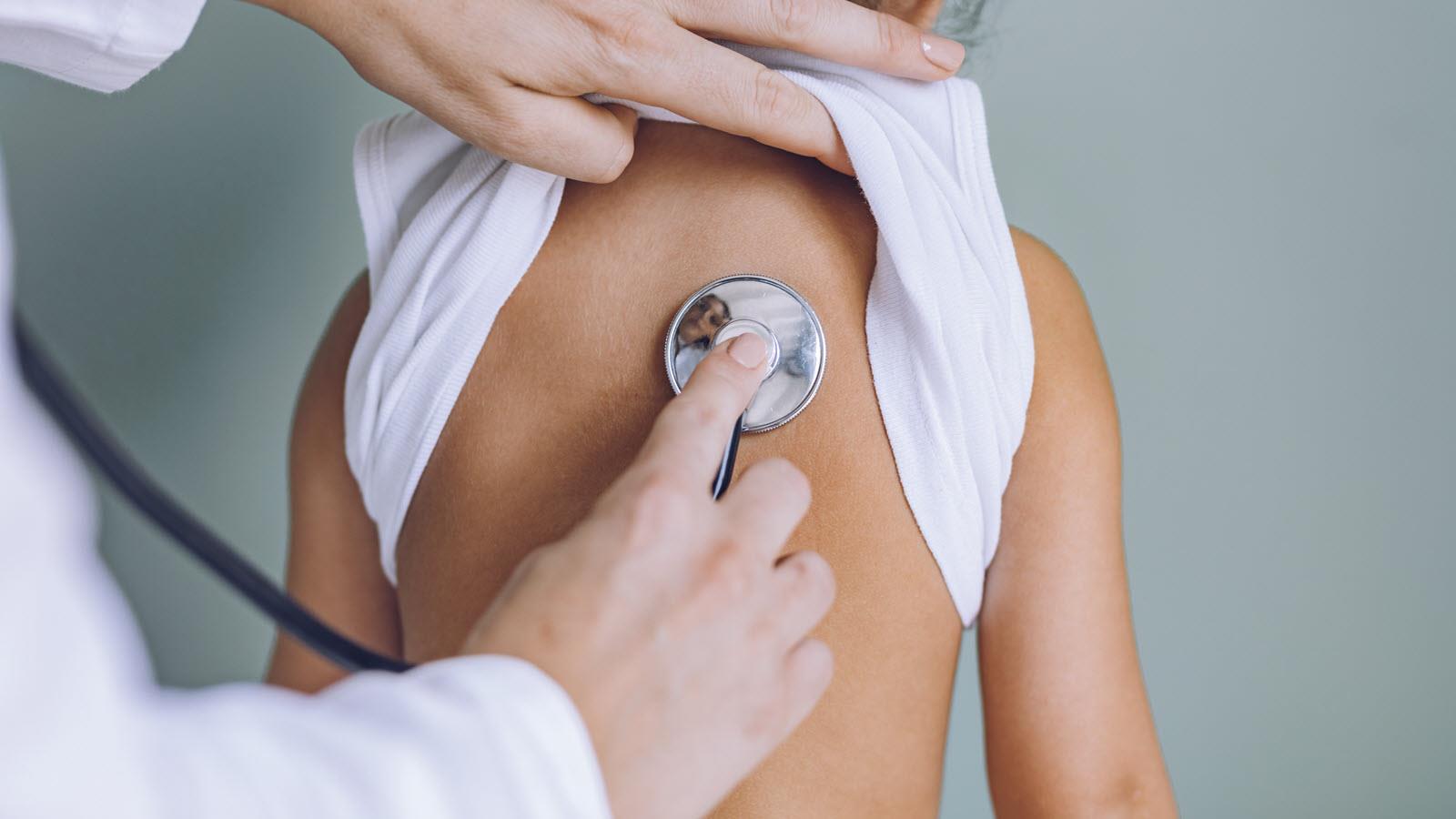Respiratory syncytial virus, known as RSV and especially dangerous for infants, is nothing new, but it’s surging in an unusual way right now in the United States. The number of cases, combined with flu season and a continuing COVID-19 pandemic, are stressing some pediatric hospitals.
Typically, RSV appears each year during the fall, winter and spring months and spreads much like flu, where it infects people through surface contact or droplets in the air as a result of coughing or sneezing. Anyone can catch it and it typically results in a mild, cold-like illness that resolves on its own. Most kids get infected by age 2 and healthy kids do not usually need to be hospitalized.
But for people with pre-existing conditions, older adults and young children, RSV can make them very sick. According to the Centers for Disease Control and Prevention (CDC), each year the virus results in 14,000 deaths in adults over 65 and hospitalizes approximately 58,000 children under five. Globally, RSV affects an estimated 64 million people and causes 160,000 deaths each year, according to the U.S. National Institutes of Health.
“Every children’s hospital that I’m aware of is absolutely swamped,” Dr. Coleen Cunningham, Pediatrician-in-Chief at the Children’s Hospital of Orange County in Southern California recently told the New York Times.
Infants and young children are more prone to complications of RSV because their small lungs can't generate enough power to sneeze out or cough up the increased mucus in their airways, she said.
The early symptoms of RSV include runny nose, decreased appetite and a cough. Severe RSV typically will result in wheezing, rapid breathing, blueish color skin and a fever.
To prevent RSV, follow the same good hygiene that helps prevent colds and flu: Wash hands, disinfect surfaces and try to limit contact with people who are sick. Get more advice about RSV specifically for parents.
Is it possible to tell the difference between RSV, COVID-19 and influenza? Find out.



